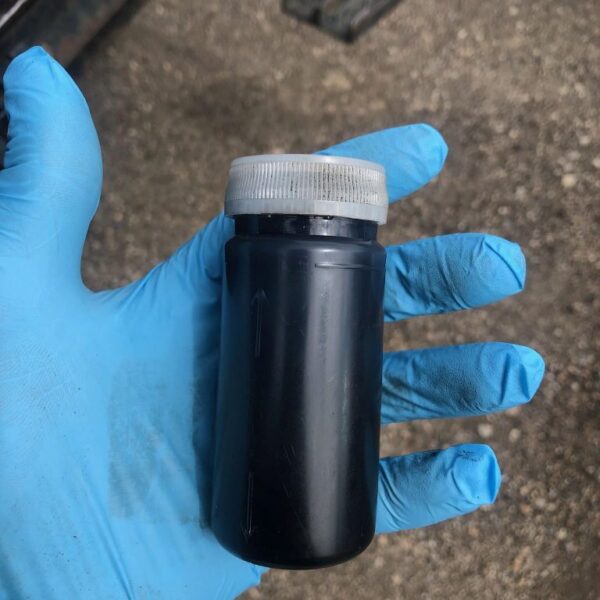
- What is oil analysis, and why should you consider it?
Oil analysis is simply a series of laboratory test that tell us about the health of your engine oil and the possible existence of wear metals or contaminants in your oil.
Oil Health: Your engine oil was designed to perform a certain way. As oil ages, it’s performance will decrease. For example, a 5w-30 engine oil is manufactured to have a certain viscosity (thickness) when it is cold (40 degrees C) and a different thickness when it is hot (100 degrees C). The viscosity is measured in a unit called Centistokes or cST. In order to be labeled 30wt, an oil must measure between 9.3 and 12.49 cST at 100 deg. C.
Overtime, oil will become thicker because some of the chemicals in the formula evaporate. Your engine was designed with clearances between metal parts that require an oil of a very specific viscosity. If the oil is too thin, it will not protect metal parts from rubbing together. If the oil is too thick it may not flow into areas with tighter tolerances, thus it will not lubricate them. Oil analysis testing will tell you whether or not the oil is within the designers specification, and therefor, whether it will continue to protect your engine.
Oil analysis testing also looks for wear metals and contaminants.
Wear Metals– These are metals that are slowly dissolved into the oil as your engine wears. Some wear metal is normal, excess wear metals can be an early warning sign of a bigger problem.
Contaminants– Foreign substances such as dirt, coolant, fuel, and soot can be detected early to avoid potential major problems.
Most of the time we use oil analysis testing to extend oil life and save our customers money, however, the hidden benefit of oil analysis testing is the early detections of problems that may not be related to engine oil. The following 2 stories will explain what I mean.
- We performed an oil analysis test on one of our own company trucks and it showed silicon in the oil. Silicon is fancy name for dirt. It wasn’t much, but was considered abnormal. Silicon in oil usually indicates air is getting past the air filter and into the intake system bringing dirt with it. The test results told us to check the air intake system for a loose clamp or damage to the duct work. Sure enough, there was a loose clamp letting dirt into the engine. It was an easy fix that could have become a big problem. Oil analysis probably saved us an engine rebuild.
- On another occasion we tested the oil on a large diesel truck. The test results showed trace amounts of coolant in the oil. That truck was immediately taken to a mechanic who confirmed the beginnings of head gasket failure. A quick $800 repair prevented a $20,000 engine replacement!
Oil analysis can be a valuable tool in extending the life of your vehicle and lowering your maintenance costs. You should consider oil analysis testing in your fleet maintenance program.
Authored by: Riley Rogers
